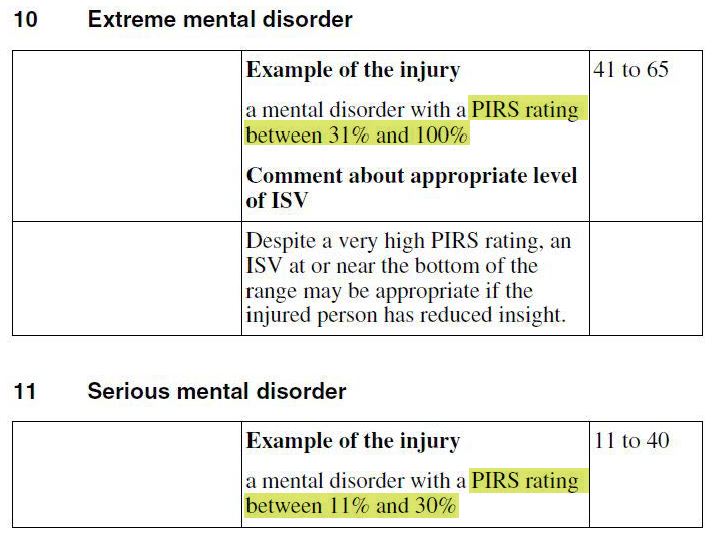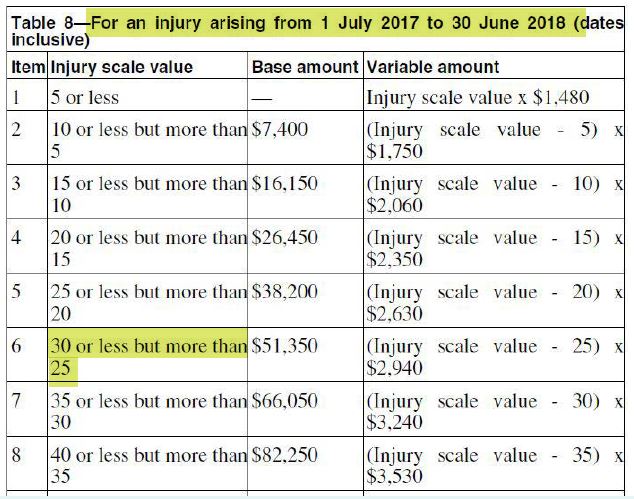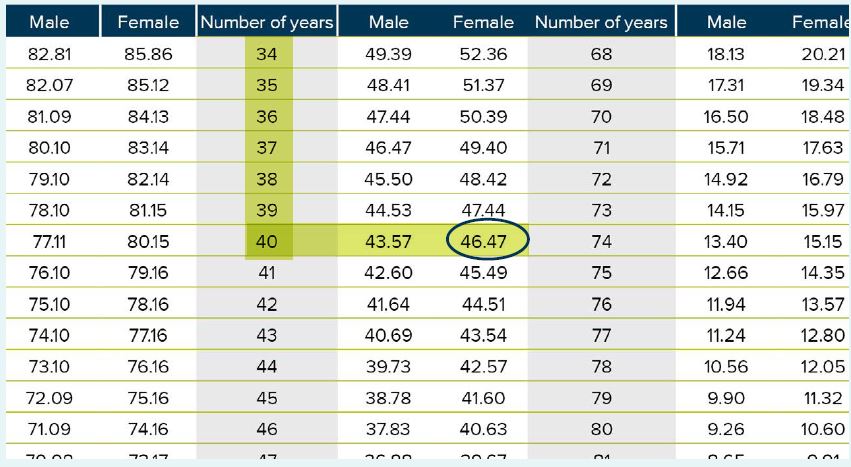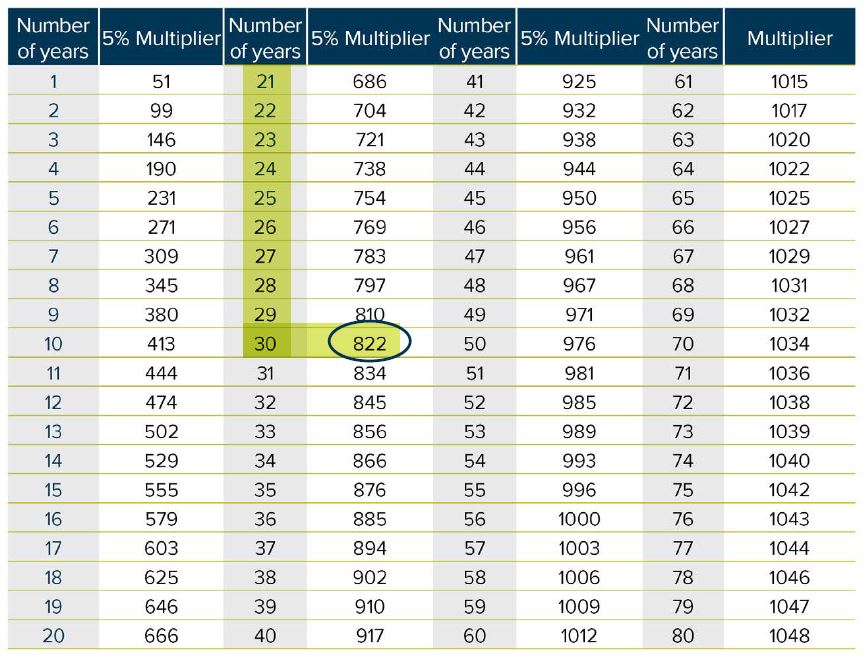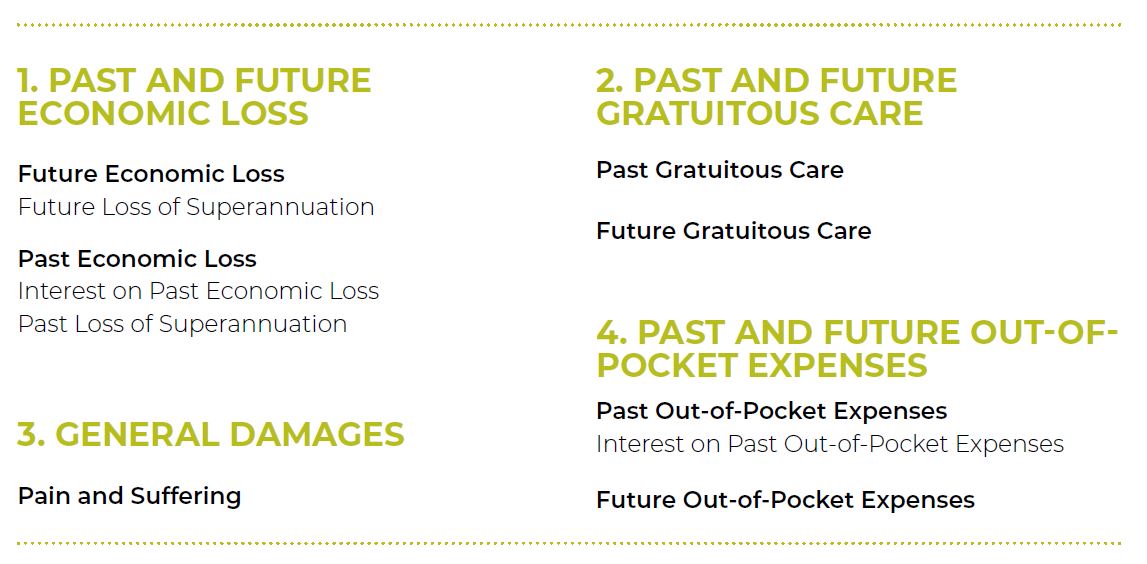Resources mentioned in this series:
Forecasting out-of-pocket expenses after medical negligence.
As the name suggests, this head of damage covers all immediate expenses, past and into the future. These ‘immediate expenses’ generally refer to things such as:
Classified as ‘special damages,’ - or, damages possible of precise calculation – out-of-pocket expenses are fairly easy to calculate, particularly in reference to those that have happened in the past.

'Special damages' simply refers to damages that are possible of precise calculation.
This is opposed to 'general damages', which refers to subjective items like pain, suffering, and loss of amenities.
Since we use the past expenses to calculate the future expenses, we will be doing this slightly different from the previous heads of damage, calculating the past first.
One download between you and your key to compensation...
Want to fast track the process with our free interactive workbook?
Quantifying Your Past Out-of-Pocket Expenses
To quantify your past expenses, you simply need to list the main out-of-pocket costs you have incurred as a result of the medical negligence.
This is generally in the form of:
- 1Medical appointments;
- 2Medication;
- 3Additional equipment; and
- 4Travel.
It’s important to remember (when listing medical costs) to factor in previous payments owed to third-parties, such as Centrelink and Medicare. This needs to be done as the amount will be required to be repaid from the settlement amount.
To calculate your costs:
STEP 1: LIST YOUR COSTS
STEP 2: total the costs
The total will be your past out-of-pocket expenses, but there is one more thing to consider on this amount – the interest!
Interest on past expenses
We can’t forget that there was a potential to earn interest on the past expenses. The law in
QLD takes this into account, allowing you to be compensated for it. To work out what amount
you should be compensated for, follow these steps:
STEP 1: RBA INTEREST RATE
STEP 2: HALF IT
STEP 3: FINAL CALCULATION
EXAMPLE: TOM
For Tom, the current Reserve Bank of Australia interest rate is 0.75. We can put that into the following calculation to work out his interest on past expenses:
$6.71
You can now add this number to your schedule on page XX.
Now that we’re finished with the past, we can move onto the final section – your future expenses.
One download between you and your key to compensation...
Want to fast track the process with our free interactive workbook?
Quantifying Your Future Out-of-Pocket Expenses
Once again, predicting the future is difficult – but here’s where we heavily rely on the experts to help us out.
Nearly all of your out-of-pocket expenses will be related to medical necessities – whether that’s appointments and medication, travel to and from, or recommended modifications from an occupational therapist.
The good news from this is that you can rely on a medical professional to identify what future costs you could incur and for how long. They will generally tell you the cost of these items, and you can note them down.
For contentious and varying items such as pain killers, where an amount can’t possibly be
prescribed for ten years down the track, a ‘global buffer’ can be applied. This is an estimated
amount for any unforeseen costs you might experience.
This is the first option but, for a more precise calculation, we’ll be basing your projected requirements off your current requirements (once your injury has stabilised).
We wait for injuries to stabilise so that we have an understanding of what the longterm might look like.
To calculate your future costs using this method:
STEP 1: OUT-OF-POCKET EXPENSES
STEP 2: the years you'll be paying it for
STEP 3: 5% multiplier
STEP 4: THE FINAL CALCULATION
One download between you and your key to compensation...
Want to fast track the process with our free interactive workbook?
Putting it all together.
You should now have added your figures to your schedule of damages.
It’s recommended, at this point, to add up your damages so far to see if you’ve reached the
$150,000 quantum threshold.
Below is Tom’s example.
By doing this, you can check if you can surpass the remainder of this workbook and start working out how you’re going to hold your doctor accountable.
If you haven’t passed the $150,000, don’t dispair. You might be in a position where liability is clear cut (or admitted) and you won’t need the expert reports in your situation.
You can fill in this interactive form and will get reviewed by an experienced medical negligence lawyer who will provide you with a step-by-step guide of what to do next.
Want a free review of your schedule of damages?
Get Social
Share
We'd love if you joined our Facebook Community. We post things that we are passionate about or that interest medical negligence victims or issues in the systems that are supposed to support their recovery, as well as more unrestricted content like this.
Get in touch.
PHONE
07 3231 0604
[email protected]
ADDRESS
345 Queen St, Brisbane City, QLD, 4000














